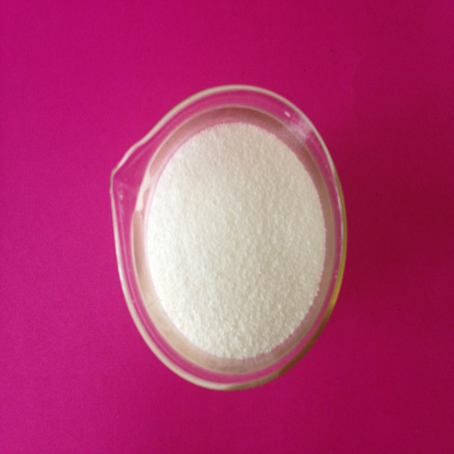| Message: | Xylonest Prilocaine/Propitocaine HCl Local Anesthetic Propitocaine Hydrochloride
Synonyms: Prilocaine hydrochloride; 2-(Propylamino)-o-propionotoluidide hydrochloride; Alpha-propylamino-2'-methylpropionanilide hydrochloride; Citanest; N-(2-Methylphenyl)-2-(propylamino)-propanamide hydrochloride; N-(a-propylaminopropionyl)-o-toluidine hydrochloride; Prilocaine hydrochloride; Xylonest; ; N-(2-methylphenyl)-N~2~-propylalaninamide hydrochloride (1: 1); Propitocaine HCl
Prilocaine hydrochloride / Prilocaine HCL
CAS: 1786-81-8
English name: Propitocaine hydrochloride
Other name: Prilocaine hydrochloride; 2 - propylamine base - o C amide toluene hydrochloride; Prilocaine hydrochloride; Prilocaine hydrochloride
Molecular formula: C13H21ClN2O
EINECS: 217-244-0
Molecular Weight: 256.7716Molecular Weight: 256.77
Local anesthetics
Description:
Propitocaine hydrochloride is a local anesthetic of the amino amide type first prepared by Claes Tegner and Nils Lö Fgren. In its injectable form, it is often used in dentistry. It is also often combined with lidocaine as a preparation for dermal anesthesia (lidocaine/prilocaine or EMLA), for treatment of conditions like paresthesia. As it has low cardiac toxicity, it is commonly used forintravenous regional anaesthesia.
In some patients, a metabolite of prilocaine may cause the unusual side effect of methemoglobinemia, which may be treated with methylene blue.
Local anesthetic is a substance that causes loss of sensation only to the area to which it is applied without affecting consciousness. Most local anesthetics structures have amino-ester or an amino-amide group which are linked to hydrophilic (secondary or tertiary amine) and to hydrophobic group (aromatics) on the other side.
Local anesthetics, long duration, lower toxicity, chemicals that are also small Suitable for epidural anesthesia, block anesthesia and infiltration anesthesia, etc.
Other Anaesthetics APIs:
|
 my account
my account
 log out
log out
 my account
my account
 log out
log out
